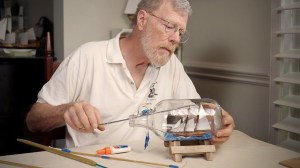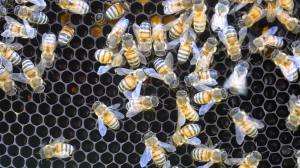In the latest episode of Anglophenia, host Kate Arnell explains how everything associated with Halloween originated from Scottish roots, rather than having Pagan roots, as commonly believed in the United States. This includes many of the traditions – the name, trick-or-treating, carving pumpkins and of course, the spookiness of the date.
For starters, the word Hallowe’en is Scottish, a contraction of All Hallow’s Even, where even means eve, or the day before All Hallow’s Day. …Essentially, October 31st and November 1st mark the boundary between the end of the harvest period and the beginning of winter, and this gateway moment is marked with customs that were intended commemorate the dead, and ensure that the living would survive into the spring. Offerings would be left out for the souls of the dead, who would be said to revisit their old homes. Vegetable effigies were created of their faces, out of turnips, mangelwurzels or beets, and in latter years, people would go from house to house mumming (dressing up in costumes and performing songs or skits in exchange for little gifts or treats), and if you were not generous enough to offer food, it would guarantee bad luck for the rest of the winter.






